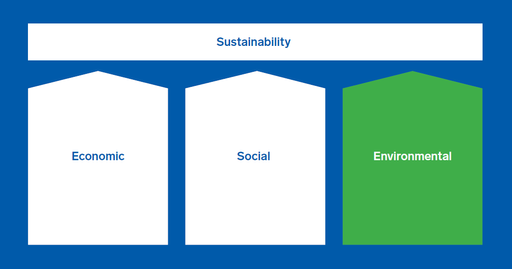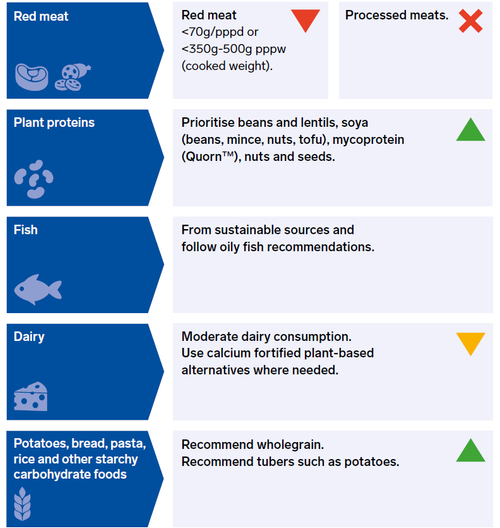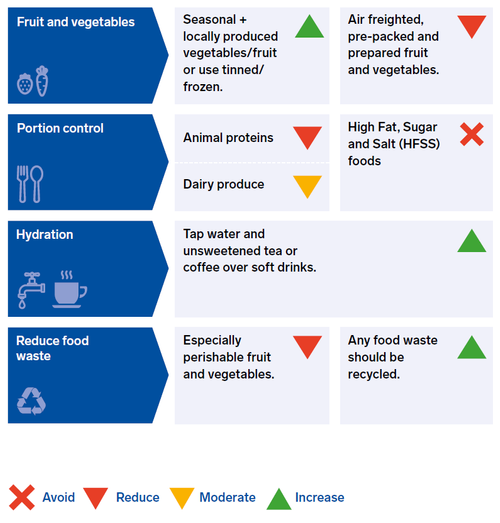Environmental issues are big news – and climate experts agree that governments, industry leaders and consumers need to act now on a range of changes including what food we produce and how we eat.
Are the most environmentally sustainable ways to eat also good for human health and how can you get started to make a difference today?
These sustainable diets pages are for health professionals and the public to learn more about some of the complex and confusing messages on this critical topic, and discover more about sustainable food practices.
What is a sustainable diet?
The dictionary definition of sustainable is ‘able to be maintained’. The environment is thousands of different parameters, with huge scope for how these can be assessed and measured, and how interactions can be identified.
In policy discussions, many stakeholders refer to ‘sustainable diets’ to include ethical / social and economic aspects, as well as environmental aspects: these constitute the three pillars (or principles) of sustainability.

The official definition of a sustainable diet from the Food and Agriculture Organisation (FAO) of the United Nations is1:
‘Sustainable Diets are those diets with low environmental impacts which contribute to food and nutrition security and to healthy life for present and future generations. Sustainable diets are protective and respectful of biodiversity and ecosystems, culturally acceptable, accessible, economically fair and affordable; nutritionally adequate, safe and healthy while optimizing natural and human resources.’
The Food Climate Research Network (FCRN) is based at the University of Oxford. Tara Garnett, their director, has long been an active researcher into the overlap of better diets / better food systems, and supports consumer messages on healthy and sustainable diet choices as2:
- Diversity – a wide variety of foods eaten.
- Balance achieved between energy intake and energy needs.
- Based around: minimally processed tubers and whole grains; legumes; fruits and vegetables.
- Meat, if eaten, in moderate quantities – and all animal parts consumed.
- Dairy products or alternatives (e.g. fortified milk substitutes and other foods rich in calcium and micronutrients) eaten in moderation.
- Unsalted seeds and nuts.
- Small quantities of fish and aquatic products sourced from certified fisheries.
- Very limited consumption of foods high in fat, sugar or salt and low in micronutrients.
- Oils and fats with a beneficial Omega 3:6 ratio such as rapeseed and olive oil.
- Tap water in preference to other beverages – particularly soft drinks.
During a major review of this area, the BDA One Blue Dot project brought together the latest thinking on healthy eating patterns for the UK with environmental science to create a 9-point plan for sustainable eating:
Discussion and decisions of sustainable diets need to be pragmatic and based on which are the most GHGe (greenhouse gas emissions) sparing balanced against nutritional values. Our research also supports that in order for us to adopt healthy and more sustainable eating patterns, experts need to model realistic adoption and minimal changes to current eating patterns to make them acceptable.
The tools in this section of the website are a start to help with this.





